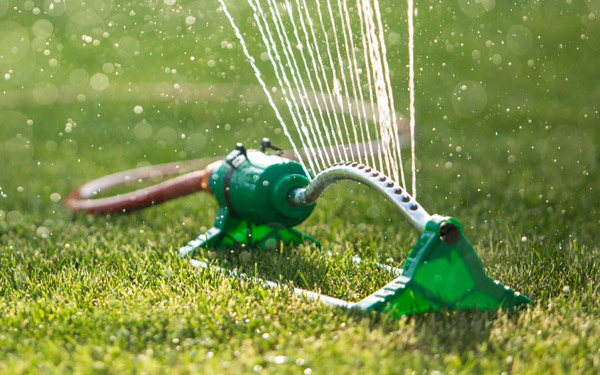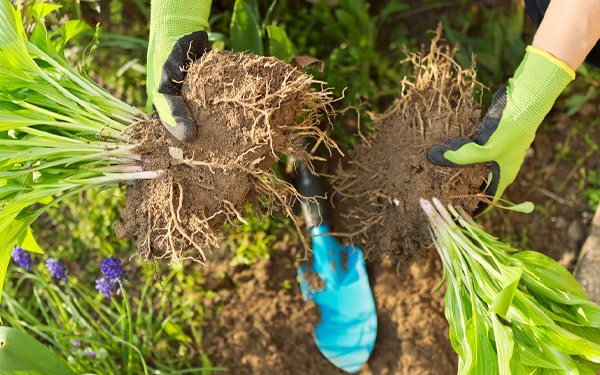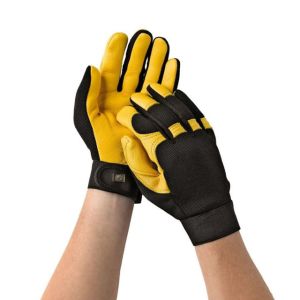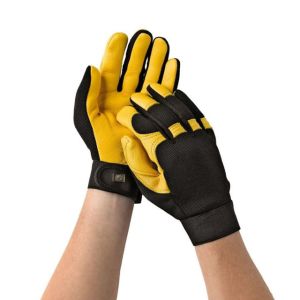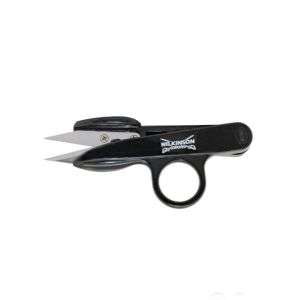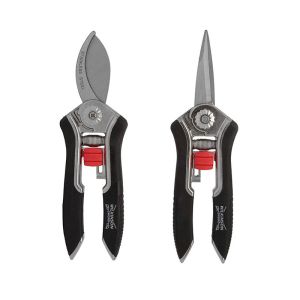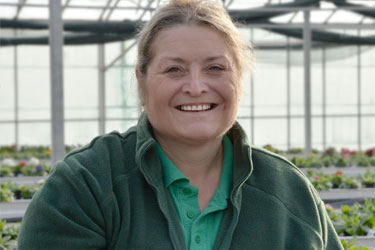Deadheading, dead important!
Deadheading, dead important!
Deadheading properly in your garden can make a huge difference to growing, garden health and, last but not least, appearance!
Why Deadhead?
Regular deadheading gives your plants & flowers more energy to put into stronger growth. Leaving the old heads on there will divert energy from growth and once the flowers are pollinated, they will need everything they get to keep developing.
When To Deadhead
It's time to deadhead when any of your flowers look scruffy, waiting a few days is fine, but the sooner the better!
How To Deadhead
The easiest way to deadhead is simply with your finger and thumb. Pinch off the faded blooms and try to remove the stalk of the flower to keep your plant neat. Of course, you can also use secateurs, scissors or a knife, it can be easier for some plants, but be careful of those green fingers!
Perennials & Annuals
Border perennials and annuals need the old flowers trimmed away, cut back to a bud or leaf.
Chelsea Chop
Some hardy geraniums, delphiniums and lupins will grow back beautifully if you cut them close to ground level, this is best performed at the end on May and has earned the nickname the 'Chelsea Chop'
Roses
Roses can be snapped just below the head, this results in more blooms being produces more quickly!
What To Leave
You don't need to deadhead everything, however. Fuchsias, bedding lobelia & salvias will deadhead themselves. Roses that bear hips or plants that produce berries. Some plants will continue to flower naturally until autumn, so feel free to leave them be!



